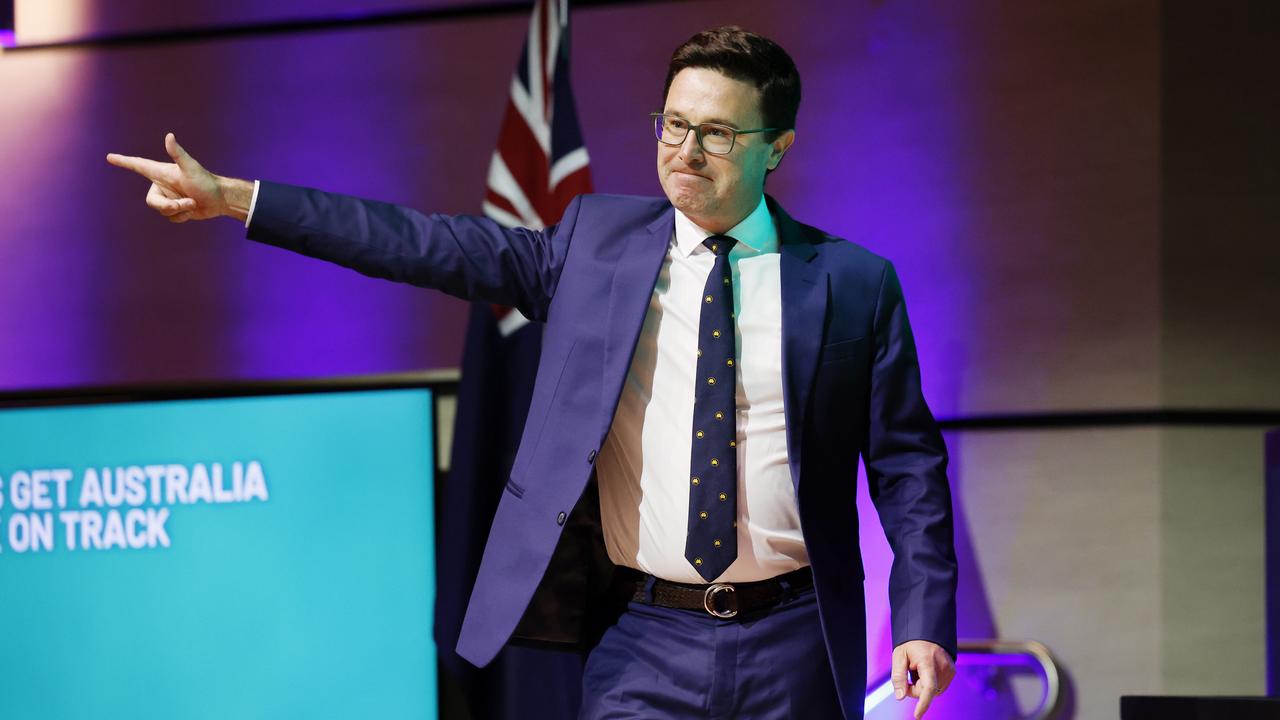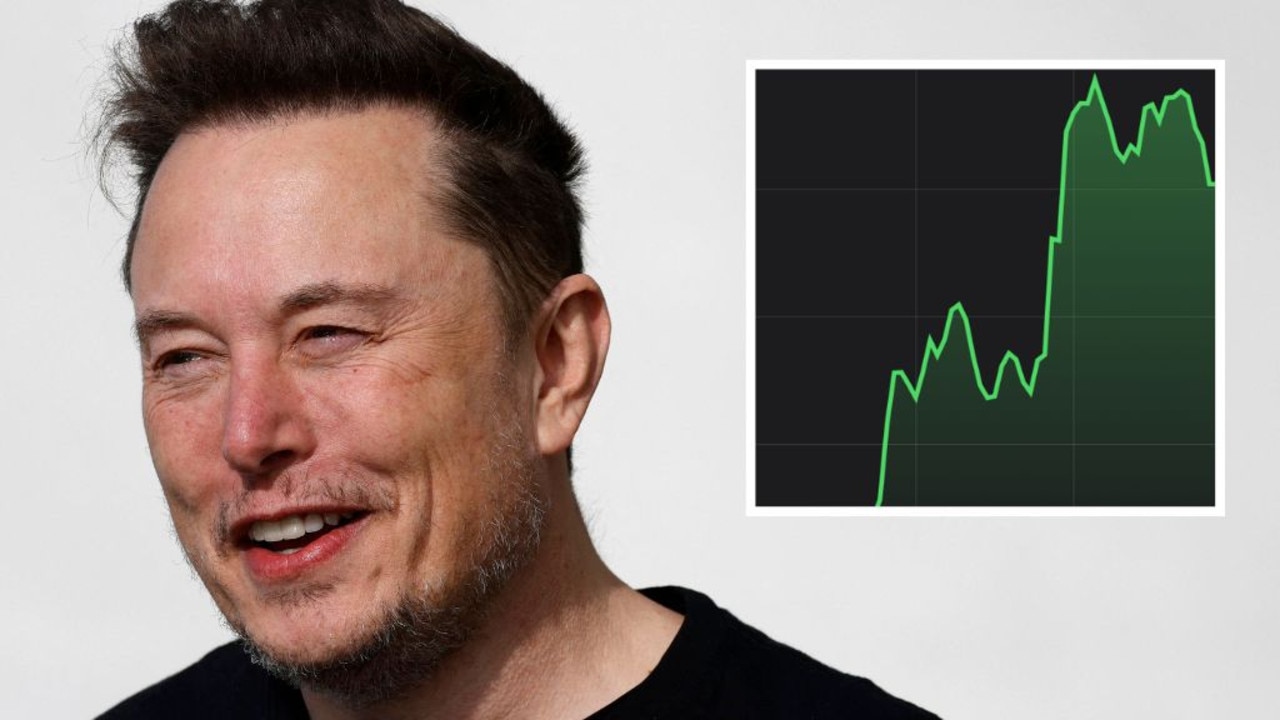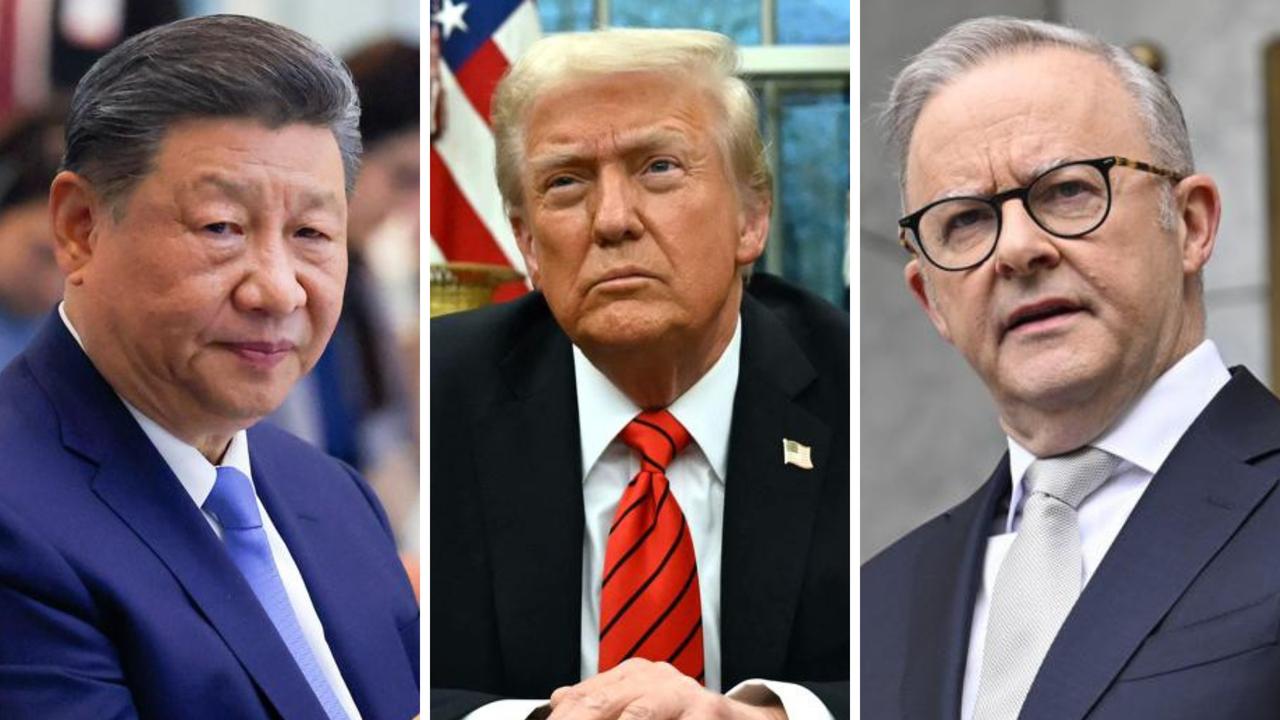The problem with Donald Trump’s ‘extraordinary’ moment
ONE moment from Donald Trump’s speech to Congress yesterday has earned him rare plaudits. But you don’t know the whole story.
OPINION
ONE moment from Donald Trump’s speech to Congress yesterday has earned him rare plaudits from across the political spectrum.
The President made a point of recognising a fallen Navy SEAL, Chief Petty Officer William “Ryan” Owens, who was killed during a raid in Yemen last month. He also saluted Chief Owens’ widow, Carryn, who was in the audience.
“Ryan died as he lived — a warrior and a hero, battling against terrorism and securing our nation. Ryan’s legacy is etched into eternity,” Mr Trump said, prompting a two-minute standing ovation. Mrs Owens, overcome by emotion, gazed upwards in a tribute to her fallen husband.

It was an incredibly powerful moment, both emotionally and politically. Pundits declared Mr Trump had finally unveiled his “presidential” side.
“He became President of the United States in that moment,” said one of Mr Trump’s most vocal critics, CNN commentator Van Jones.
“There are a lot of people who have a lot of reason to be frustrated with him, fearful of him, mad at him. But that was one of the most extraordinary moments you have ever seen in American politics, period.”
True enough. Mr Trump was right to acknowledge Ryan and Carryn Owens, both of whom deserve all the praise in the world. But the political reward he’s reaping for it feels wrong.
Why? Because just hours before his speech, in an interview with Fox News, Mr Trump was being the very opposite of presidential. When he was asked about the raid that got Chief Owens killed, America’s Commander-in-Chief tried to deflect the blame away from himself.
“This was a mission that started before I got here,” Mr Trump said.
“This is something the generals wanted to do. They came to see me, they explained what they wanted to do, the generals. Who are very respected. My generals are the most respected that we’ve had in many decades, I believe.
“And they lost Ryan.”
They lost Ryan. They, not we.
That whole answer was an attempt to shift responsibility from Mr Trump, who gave the order approving the raid, to anyone else. The mission started before he got there. The generals wanted to do it. Therefore, it’s their fault Chief Owens died.
The facts don’t exactly back Mr Trump up. The mission did not “start” before Mr Trump took office — Barack Obama had deferred it, deliberately leaving the decision to him. When the plan was put before Mr Trump six days into his presidency, he promptly approved it — “without sufficient intelligence”, according to anonymous US officials.
The operation did not go well. The SEALs were plunged into an unexpected hour-long firefight, which led to the death of Chief Owens and a number of civilians.

In his speech to Congress, Mr Trump said the raid was “highly successful” and “generated large amounts of vital intelligence”. That contradicts further reports from US officials, who recently told NBC News the raid had yielded no significant intelligence.
Clearly, there are unanswered questions. But the White House has shut down calls for an investigation into the raid, going so far as to suggest questions about it are disrespectful to Chief Owens’ memory. That isn’t good enough for the fallen SEAL’s father, Bill Owens.
“Don’t hide behind my son’s death to prevent an investigation,” he told the Miami Herald.
“I want an investigation. The government owes my son an investigation.
“Why at this time did there have to be this stupid mission when it wasn’t even barely a week into his administration? Why? For two years prior, there were no boots on the ground in Yemen — everything was missiles and drones — because there was not a target worth one American life. Now all of a sudden we had to make this grand display?’’
Perhaps Chief Owens’ death was the result of unforeseeable circumstances, and Mr Trump is blameless. We don’t have enough information to know. Regardless, the President’s behaviour in the wake of the botched raid has been troubling.
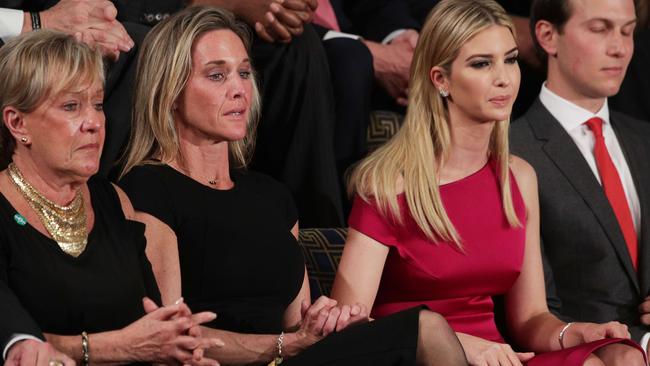
In a recent feature article, Time Magazine asked 12 White House photographers to reveal the stories behind their favourite presidential photos. One of them, Christopher Morris, described the time he had accompanied George W Bush on a trip to visit wounded military personnel from the Iraq War.
“Witnessing this in a very small room brought home the true meaning of being the president of the United States,” Mr Morris said.
“In each instance, the president’s military aide would read out the Purple Heart citation, with the president then pinning it on the serviceman’s gown. Many had suffered extreme cranial damage.”
Later, Mr Morris joined Mr Bush in his limousine.
“Once inside the protected small space of the limo, I could physically sense his emotions as a result of what he had just encountered,” the photographer said.
“Sitting knee-to-knee with him in the vehicle, I said: ‘That was an extremely heavy thing for you to do.’ As we drove away, he said: ‘I do it because I sent them there.’
“Once on board the helicopter, as we took off, his eyes watered. Staring out the window, his lip quivered. Then he spoke: ‘Please no more pictures.’”
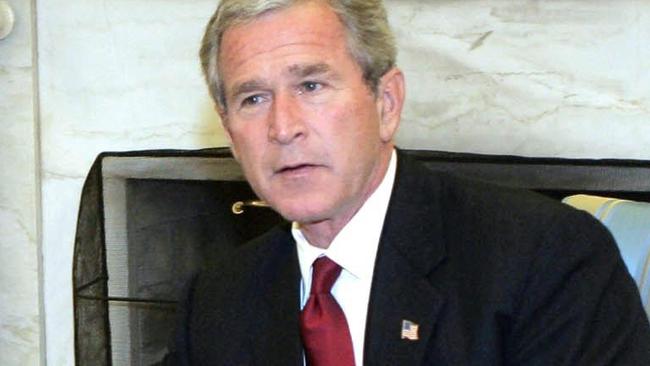
Mr Bush clearly felt intensely, personally responsible for the pain his decisions had caused — as he should have. The president gives the orders, and that means the buck stops with him.
Mr Trump is trying to pass that buck to someone else. So, as eloquent and admirable as his tribute to Mr Owens was, it came with a deeply unpresidential subtext.


